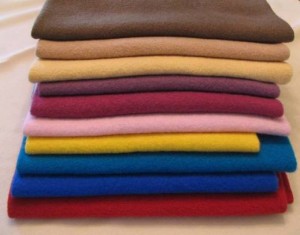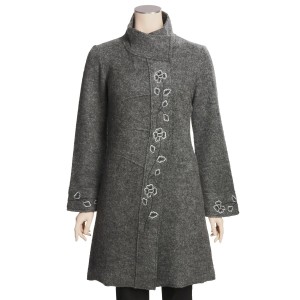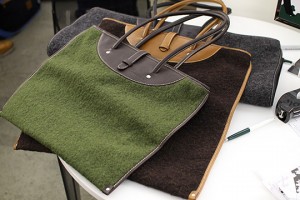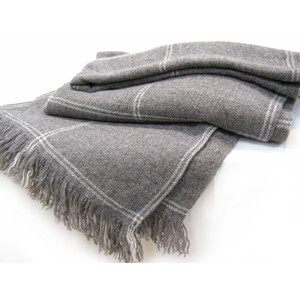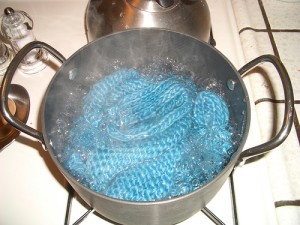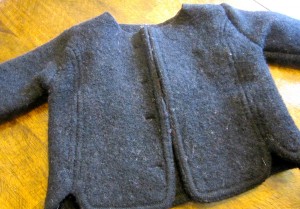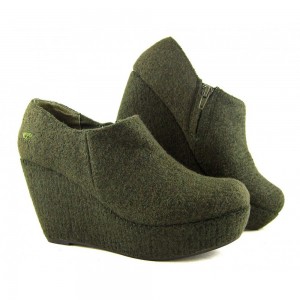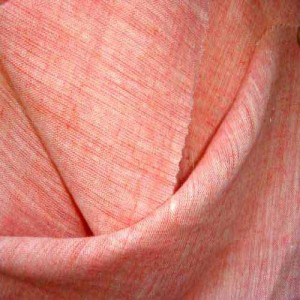Boiled Wool Fabric
Table of Contents
Boiled Wool Definition
Boiled wool, a type of fabric created by boiling woolen fabric to shrink and soften it, is widely used for making various garments for men, women and children. This variety of woolen fabric originally comes from the Andean South America and European Alps where it is used for making woolen clothing suitable for the extreme cold environments. Today, Boiled Wool has become highly popular all over the world and people are even creating this type of fabric at home by following some simple instructions.
It is similar to other forms of fabric such as felted wool and wool felt. The procedure used for making boiled wool is also somewhat similar to that used for creating any felt yardage.
What is Boiled Wool used for?
It is used in a wide variety of winter garments including jackets, cardigans, vests, coats, sweaters as well as dressing gowns, berets, scarves, gloves, mittens and beanie hats.
The fabric is also popularly used for making various other woolen articles and accessories like boots, slippers and purses. The warmth of the fabric makes it suitable for making quilts, blankets, wraps, rugs, throws etc. It can be used for making felted wool balls as well.
Boiled Wool Making Process
The process used for making Boiled Wool is known as “felting” and is as simple as the name sounds. It is made by boiling woolen materials to compress and interlock its fibers into a felt-like mass. The procedure does not involve use of any chemicals; but, some manufacturers use alkali soaps or detergents during the method.
It is made commercially by boiling woven or knitted materials in large industrial washing-machines. The boiled wool materials may or may not have special designs and patterns. The fabric shrinks from 20% to 50%, becoming denser after the procedure. Boiled or felted wool is warmer, more durable as well as windproof.
How to Make Boiled Wool
You can make this solid and heavy fabric yourself by following the instructions given below. The following things are necessary for this purpose:
- The woolen project you want to boil (Make sure that the project is made out of 100 percent wool)
- A large vessel or cooking pot
- A smaller pot
- Stove
- Tongs
Here are the steps to follow to create this fabric:
- Step 1: First, you need to make sure that the pot you are using is large enough by putting your project inside it. The project should fit in it comfortably with some space to move around.
- Step 2: Remove the woolen article from the pot to fill it halfway with water.
- Step 3: Bring the water in the pot to boil. Then, put the fabric article you want to boil into the water. Make sure that it is completely immersed in the boiling water. You can use a wooden spoon to push the fabric down into the water and to swoosh it around to check whether it can move freely in the water.
- Step 4: Boil the woolen article for around 5 minutes. Then, you need take the cloth out of the water with the tongs and place it on a flat surface like a tray.
- Step 5: In this step, you have to examine the boiled project to see if it has felted properly. This examination needs to be carried out while the fabric is still hot. You can put the project back into the boiling water if you do not like its felting. The fabric will become smaller and thicker the more it is boiled.
- Step 6: Take another pot (it may be a little smaller) and fill it with cold water. Take your woolen project out of the boiling pot and plunge it into cold water. This prevents any further shrinking of the fabric.
- Step 7: Next, you need to remove the project from the basin to dry it. It is necessary to squeeze the fabric a little, but it is never advisable to wring it. You can spread the boiled cloth on a towel and then use another towel to cover it with. Then roll the towels and press firmly for removing as much water as possible from your project.
- Step 8: Take the article out of the towels and spread it out on a dry flat surface. The boiled fabric should be handled firmly. It is also advisable to stretch the article a little so that there are no wrinkles or creases left after it is dry.
Advantages of Boiled Wool Products
So, you have learnt how to make Boiled Wool materials yourself at home. But, now you may want to know what the advantages of using this fabric are. Some of its benefits are mentioned below:
- The felting procedure adds to the friction resistance and strength of wool making it highly resistant to different types of weathers.
- Small air pockets get trapped in the fabric during the process of felting, giving the fabric its warm characteristics that resemble synthetic micro-fibers. Clothing articles made of this fabric maintain an almost constant temperature, keeping the wearer warm even in extremely windy and cold environments.
- Boiled wool apparels provide complete protection even against rain and snow. The density and the fat content of the fabric after felting make it somewhat waterproof which means water drops roll off its surface.
- Jackets made with this fabric retain their shape for many years because of its natural elasticity.
- Boiled Wool clothes are very light-weight, comfortable and not itchy.
Boiled Wool Care
Dry cleaning is the best option for cleaning and caring for commercially manufactured items. Brushing the clothes lightly with a soft brush is enough to keep them clean for everyday use. Home-felted items can be washed with gentle wool detergent.
Now you have learnt that it is not a difficult task to boil woolen materials to give them this stylish look while making them more comfortable and durable. Go ahead, make your own felted jacket and surprise those around you with your amazing handiwork.
Related Articles
Join Our Mailing List
Sign up to get the latest updates, along with fresh patterns and tutorials, right to your inbox

